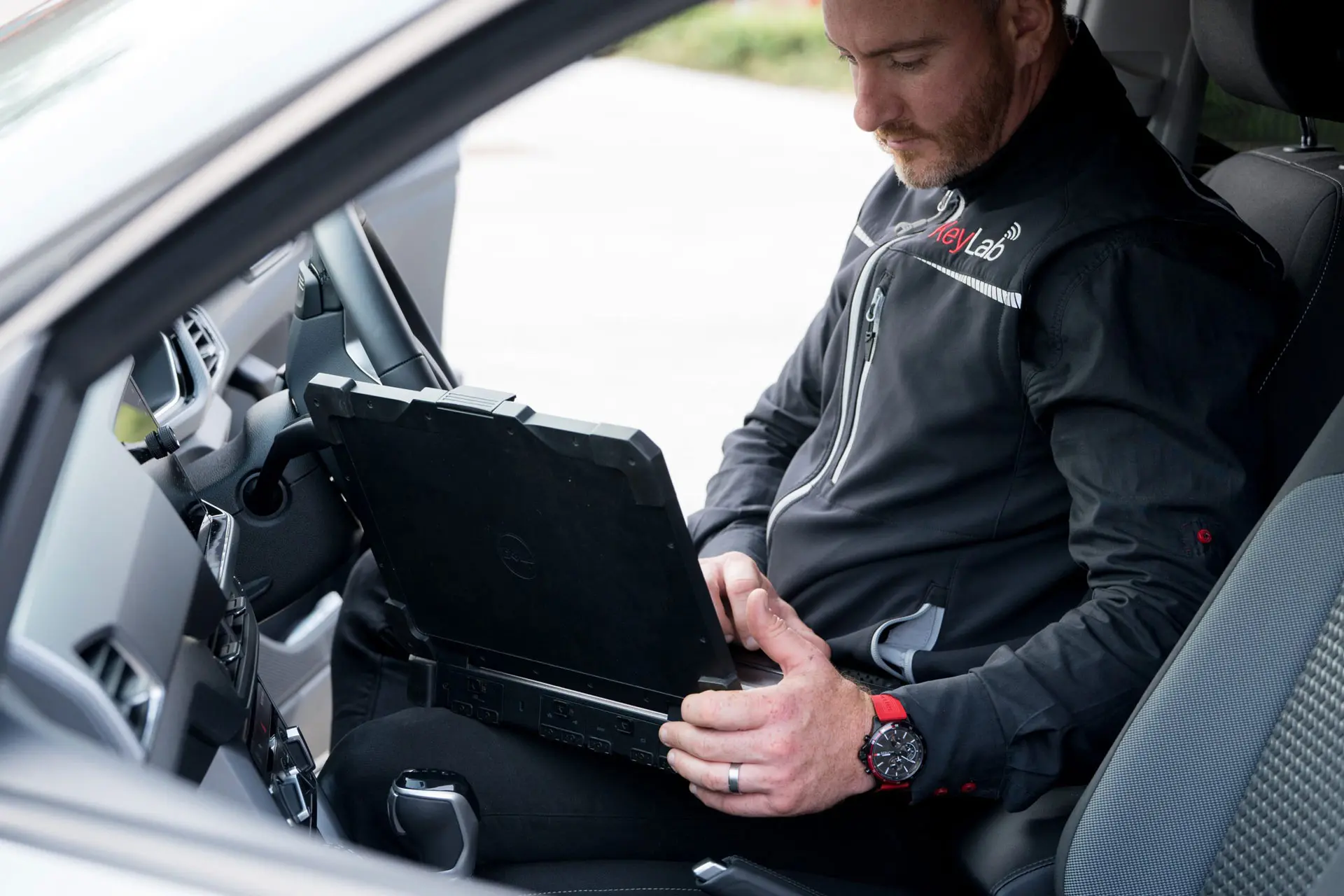20 Rising Stars To Watch In The Car Key Button Replacement Industry

Car Key Button Replacement: A Comprehensive Guide
In the era of advanced automotive innovation, car keys have actually progressed significantly, transitioning from conventional metal keys to modern key fobs geared up with various functions. However, with such advancements comes the inevitability of wear and tear, especially with the buttons on these key fobs. This article checks out the requirement of car key button replacement, the approaches included, and the typical concerns surrounding the process.
Understanding Key Fobs and Their Importance
Key fobs serve numerous functions: locking and unlocking the vehicle, enabling keyless entry, and sometimes, beginning the engine remotely. Offered their different performances, the buttons on these devices are often used, making them susceptible to damage gradually. Elements contributing to use and tear consist of:
- Frequent Use: Regular operation can cause button tiredness.
- Exposure to Elements: Harsh weather condition conditions can deteriorate plastic and electronic components.
- Accidental Damage: Dropping or mishandling a key fob can trigger physical damage.
As these buttons become less responsive or stop functioning entirely, chauffeurs may find themselves locked out of their cars or unable to start them. Comprehending the value of prompt replacement is important for maintaining vehicle availability.
Indications That You Need a Key Button Replacement
Acknowledging the signs that a key fob button needs replacement can save time and disappointment. Try to find the following indicators:
- Sticky or Jammed Buttons: If the buttons feel sticky or do not push down easily, they may need replacement.
- Inconsistent Response: Buttons that need several presses to function suggest internal problems within the key fob.
- Noticeable Damage: Cracks, chips, or broken buttons can hinder performance and render the key fob unusable.
- Corrosion: Rust or staining around the buttons may recommend damage brought on by moisture direct exposure.
How to Replace Car Key Fob Buttons
Replacing car key fob buttons may appear overwhelming, but with the ideal technique, it can be a workable DIY job or dealt with professionally. Here's a detailed guide on how to do it yourself.
Products Needed:
- Replacement buttons (available online or at an automotive shop)
- Small screwdriver (often a Phillips or flathead)
- Plastic pry tool (optional)
- Adhesive (if required)
Steps to Replace:
Disassemble the Key Fob:
- Using a little screwdriver, carefully open the key fob case. lost car key service might require a plastic pry tool to avoid damaging the case.
Get Rid Of the Old Buttons:
- Gently lift and eliminate the harmed buttons, making sure not to damage the internal electronics.
Clean the Interior:
- Wipe down the interior with a lint-free fabric to get rid of dust and debris.
Set Up New Buttons:
- Position the new buttons in place and guarantee they line up properly with the circuit board.
Reassemble the Key Fob:
- Carefully snap the casing back together, making sure that all parts are firmly in place.
Check the Key Fob:
- Before utilizing it, test each button to confirm that they operate properly.
| Step | Action |
|---|---|
| 1. Take apart | Open key fob casing |
| 2. Remove Old Buttons | Lift out harmed buttons |
| 3. Clean Interior | Utilize a lint-free cloth to clean up |
| 4. Set Up New Buttons | Position and protect new buttons |
| 5. Reassemble | Snap casing back together |
| 6. Test | Make sure all buttons function as intended |
Alternative: Seeking Professional Help
If the DIY approach seems daunting or the key fob has more substantial concerns than just button replacement, looking for expert help is suggested. Numerous automotive locksmiths and dealers offer key fob repair and replacement services.
Pros of Professional Help:
- Expert Assistance: Professionals possess the right tools and experience to deal with complex key fob concerns.
- Guarantees: Repairs done by authorized dealerships might include warranties, using peace of mind.
- Time Saving: Professionals can often complete the task quicker.
Cons of Professional Help:
- Cost: Professional services can be considerably more costly than a DIY approach.
- Inconvenience: Dependence on consultation availability or store hours might cause delays.
Frequently Asked Questions (FAQs)
1. How much will it cost to replace my car key fob buttons?
The cost varies based on whether you choose a DIY technique (normally under ₤ 20 for parts) or professional services (ranging from ₤ 50 to ₤ 200 depending upon the complexity and make/model of the vehicle).
2. Can I use any button as a replacement?
No, it's vital to utilize buttons specifically created for your key fob design to ensure compatibility and functionality.
3. Will replacing the buttons affect my key fob's programming?
No, replacing the buttons should not affect the programming of your key fob as long as the internal electronic components remain undamaged.
4. How can I avoid my key fob buttons from getting damaged?
- Avoid Misuse: Regularly look for indications of wear and prevent pressing buttons excessively.
- Utilize a Keychain: Attach your key fob to a keychain to restrict the chances of dropping it.
- Avoid Water: Store your key fob in a dry place and prevent direct exposure to water.
5. What if my key fob doesn't work after changing the buttons?
If your key fob is still unresponsive after button replacement, there might be internal electronic damage. In such cases, seeking professional diagnosis is advised.
Changing car key fob buttons is essential for keeping performance and guaranteeing benefit. Although it can be an uncomplicated DIY task, expert help is readily available for those looking for help. By recognizing the signs that replacement is required and understanding the actions involved, vehicle owners can swiftly restore their key fobs to full functionality. Focusing on mouse click the next article improves everyday convenience but likewise prevents additional issues down the road.

